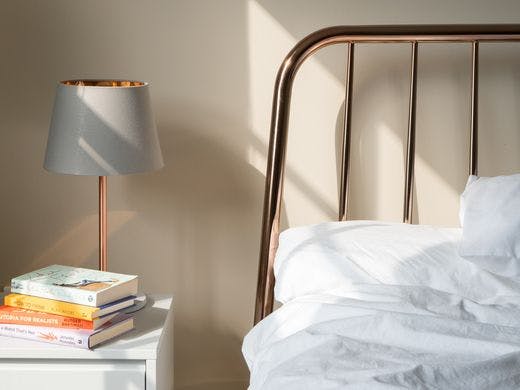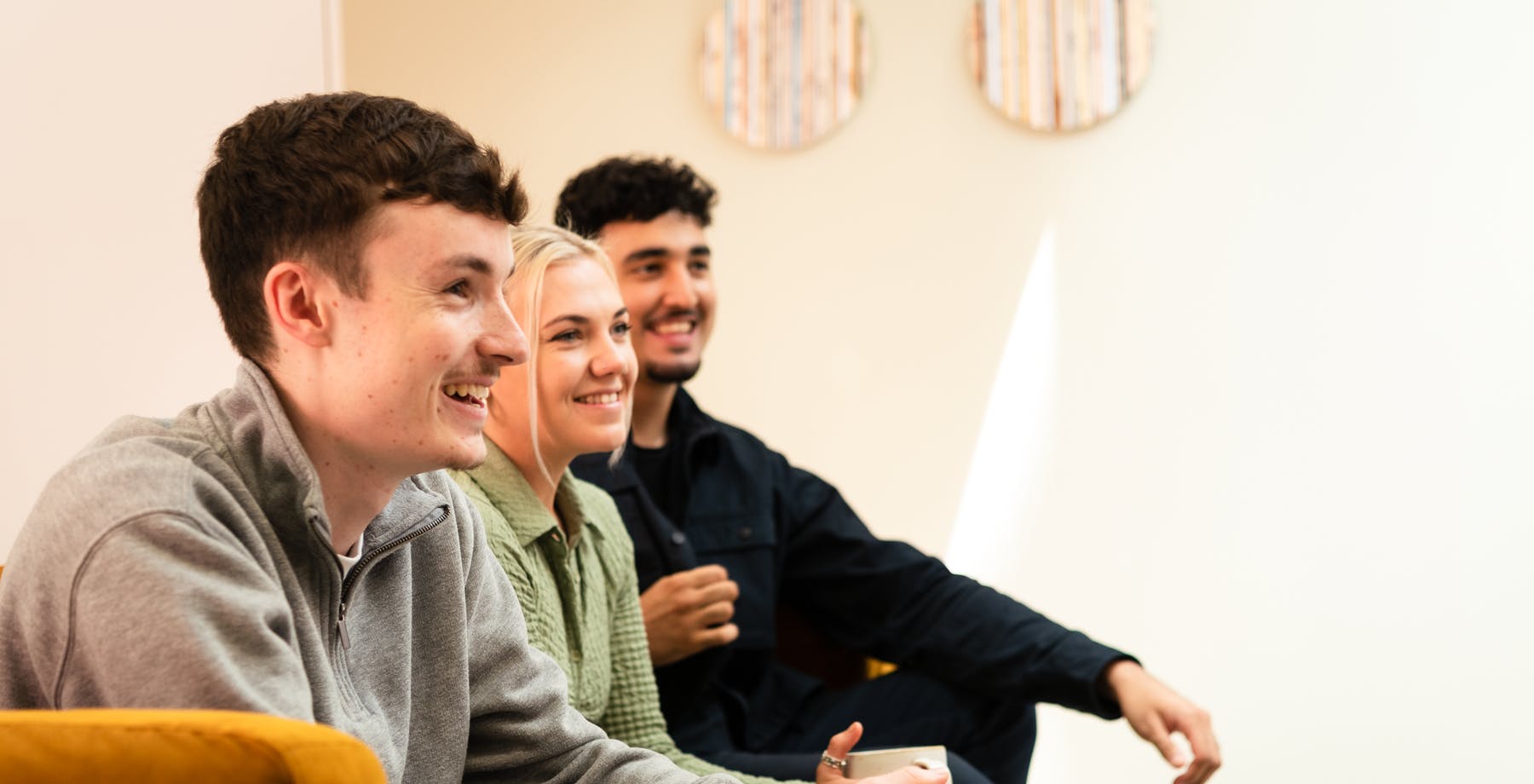‘Quantified-self’, it’s a wellbeing trend that’s been around for several years. It started with steps and calories and has progressed to more advanced measures of activity, recovery and progression, including sleep. Good shut-eye has often been one of the underlying ‘super-powers' that athletes use to recover better, smarter and faster. It's become the backbone of overall wellbeing with the ability to improve mental health, reduce stress and prevent chronic diseases. Prompted by a recent True team session on sleep facilitated by the performance coach Steve Davies, we took a deeper look at sleep hygiene, why it is important and the investment and technology trends around our z’s.
Mortality, productivity and GDP impact
Insufficient sleep has been linked to higher mortality risks, reductions in cognitive performance and a tangible economic impact. There is a strong correlation between insufficient sleep and chronic conditions such as obesity, diabetes, high blood pressure and heart disease. It’s estimated that the mortality rate for people who constantly sleep less than six hours every night is 13% higher than for those who sleep more than seven hours per night. The same survey also quantifies the economic impact of lack of sleep. The US sustains the highest economic losses (up to $411bn per annum or 2.28% GDP), with the UK up to $50 billion (1.86% GDP). Because of this health and economic impact, sleep innovation is emerging as a valuable pillar of the wellness economy.
Sleep market size and investment trends
Given the (king) size of this sleep opportunity, there is a massive ecosystem of start-ups, manufacturers and health service providers. In 2021 the market for sleep aids was estimated to be $83bn, with it forecasted to grow to $157bn by 2030. In simple terms, investment into this space is focused on products and services to help us fall asleep, stay asleep, or improve the quality of our sleep. We see trends broadly falling into two main buckets.
First is environment enhancement, which is focused on upgrading the bedroom to optimise the quality of sleep. For example, the humble mattress is a major area of rapid innovation, with the incorporation of temperature, moisture and noise-blocking technology – all with the intention of improving the quality of sleep. The Eight Sleep smart mattress ($70M in funding), Chilisleep ($38.3M in funding) temperature-controlled mattress cover and Beddit ($4M in funding) under-the-mattress sleep monitor (acquired by Apple) are all upgrading the regular old bed. This smarter bed segment is estimated to grow to over $4bn by 2030.
Second is measurement, a large part of which includes wearables and apps. The underlying concept is to establish healthier sleep habits by capturing data and insights to better understand your behavioural influences on the type and quality of sleep you experience. This space includes everything from the well-known WHOOP band ($400m in funding), the Finnish Oura ring ($150m in funding) and even smart headsets from companies like Kokoon to play relaxing sounds to aid restorative sleep. To some, this is counter-intuitive, given the idea that having less technology in the bedroom improves sleep, but it’s a segment which continues to see growth and increasing investment.
What next?
With a lack of sleep being linked to poorer health, reduced performance at work and economic damage it's likely to remain a focus area for consumers, companies and investors. Linked to this is the ongoing debate about the negative impact of the ‘always on hustle culture' and broader changes in the workplace. The mental health and productivity impact a lack of sleep has on employees will mean it will increasingly become a major business and corporate wellbeing issue. As part of our Future of Health and Wellbeing pillar at True, we will be keeping a close eye on which concepts will reach mass adoption versus those which will remain niche.


